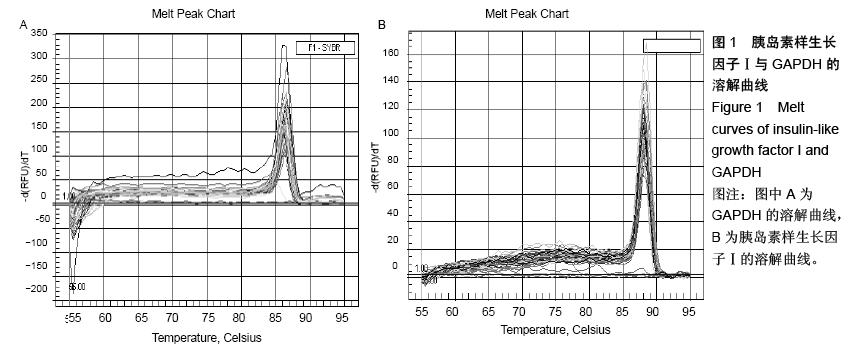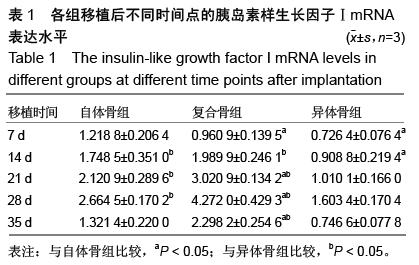| [1] Berglund JD,Galis ZS.Designer blood vessels and therapeutic revascularization.Br J Pharmacol.2003; 140: 627-636.
[2] L'Heureux N,Dusserre N,Marini A,et al.Technology insight: the evolution of tissue-engineered vascular grafts from research to clinical practice.Nat Clin Pract Cardiovasc Med.2007;4(7):389-395.
[3] Schmedlen RH,Elbjeirami WM,Gobin AS,et al.Tissue engineered small diameter vascular grafts.Clin Plas Surg.2003;30:507-517.
[4] Walpoth BH,Bowlin GL.The daunting quest for a small diameter vascular graft. Expert Rev Med Devices. 2005;2:647-651.
[5] Cowan CM,Soo C,Ting K,et al.Evolving concepts in bone tissue engineering.Curr Top Dev Biol. 2005;66:239-285.
[6] 王磊磊,金格勒,任龙龙,等.不同植骨材料在腰椎融合过程中的应用及转化生长因子β的表达[J].中国组织工程研究, 2011,15(16):2885-2888.
[7] The Ministry of Science and Technology of the People’s Republic of China. Guidance Suggestions for the Care and Use of Laboratory Animals. 2006-09-30.
[8] Keating JF, McQueen MM. Substitutes for autologous bone graft in orthopaedic trauma. J Bone Joint Surg Br. 2001;83(1):3-8.
[9] okamoto MJ,Murai JJ,Ybshikawa HJ,et al.Bone morphogenetic proteins in bone stimulate osteoclasts and osteoblasts during bone development.J Bone Miner Res. 2006;2l(7):1022-1033.
[10] 韩昕光,毕郑钢,王东奎,等.骨不连接区成骨活性的实验研究[J].中华创伤骨科杂志,2009,11(1):45-50.
[11] Heggebo J,Haasters F,Polzer H,et al.Aged human mesenchymal stem cells:the duration of bone morphogenetic proten-2 stimulation determines induction or inhibition of osteogenic differentiation. Orthop Rev.2014;6(2):5242.
[12] Prall WC, Haasters F, Heggebo J, et al.Mesenchymal stem cells from osteoporotic patients feature impaired signal transduction but sustained osteo -induction in response to BMP-2 stimulation.Biochem Biophys Res Cormun, 2013, 440(9): 617-622.
[13] 方秀统.BMP-2和VEGF-165双基因共转染大鼠骨髓基质干细胞体内成骨的实验研究[D].长春:吉林大学, 2006.
[14] Razzouk S, Sarkis R. BMP-2: biological challenges to its clinical use. N Y State Dent J. 2012;78(5): 37-39.
[15] 王磊,章燕,游素兰,等.骨形态发生蛋白一2与碱性成纤维细胞生长因子在异位和原位成骨中的作用[J].华西口腔医学杂志, 2012,30(4):420-424.
[16] Ramakers C, Ruijter JM, Dep rez RH, et al. Assumption-free analysis of quantitative real-time polymerase chain reaction (PCR) data . Neurosci Lett. 2003; 339(1): 62-66.
[17] Kurland ES,Rosen CJ,Cosman F,et al.Insulin-like growth factor-I in men with idiopathic osteoporosis.Clin Endocrinol Metab.1997;82:2799.
[18] Mauras N,Doi SQ,Shapiro JR.Recombinant human in-sulin like growth factor-1,recombinant human growth hormone,andsex steroids:effects on markers of bone turnover in humans.J Clin Endocrinol Metabol. 1996; 81 (6): 2222-2226.
[19] Rosen CJ.Insulin-like growth factor system and bone.Current Opin-ion in Endocrinology. Diabetes. 2001;8(6):277-282.
[20] 唐周舟,金格勒,李忠伟,等.重组人骨形态发生蛋白-2/异体骨复合骨用于兔腰椎融合的显微CT研究[J].中华实验外科杂志, 2009,30(11):2816-2825.
[21] Glassman SD,Dimar JR,Carreon L Y,et al.Initial fusion rates with recombinant human bone morphogenetic protein-2/compression resistant matrix and a hydroxyapatite and tricalcuim phosphate/collagen carrier in postlateral spine fusion. Spine. 2005;30: 1694-1698.
[22] Burkus JK,Sandhu HS,Cornet MF,et al.Use of rhBMP-2 in combination with structural cortical allografts:Clinical and radiographic outcomes in anterior lumbar spinal surgery.J Bone Joint Surg Am.2005;87:1205-1212.
[23] Rey-Rico A,Silva M,Couceiro J,et al.Osteogenic efficiency of in situ gelling poloxamine systems with and without bone morphogenetic protein-2.Eur Cell Mater.2011;21:317-340.
[24] Ikeuchi M, Dohi Y, Horiuchi K,et al. Recombinant human bone morphogenetic protein-2 promotes osteogenesis within atelopeptide type I collagen solution by combination with rat cultured marrow cells.J Biomed Mater Res.2002;60(1):61-69.
[25] Vaidya R,Weir R,Sethi A,et al.Interbody fusion with allograft and rhBMP-2 leads to consistent fusion but early subsidence.J Bone Joint Surg Br.2007;89(3):34. |
.jpg)

.jpg)

.jpg)